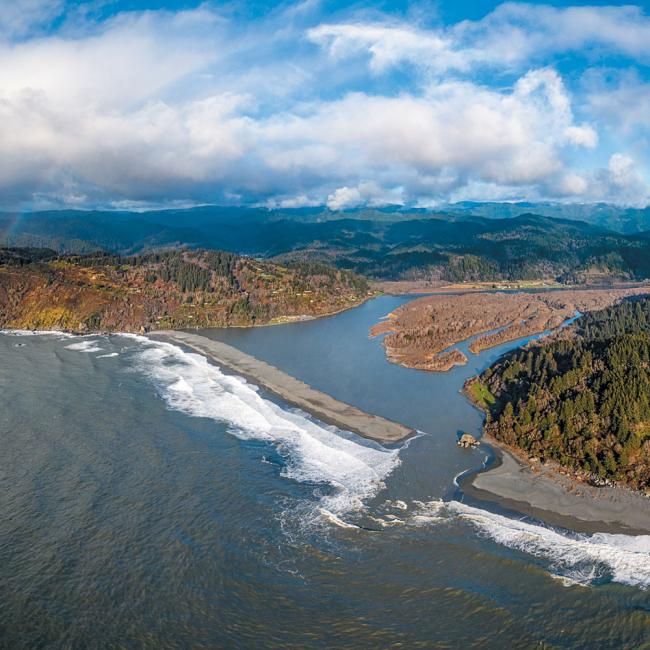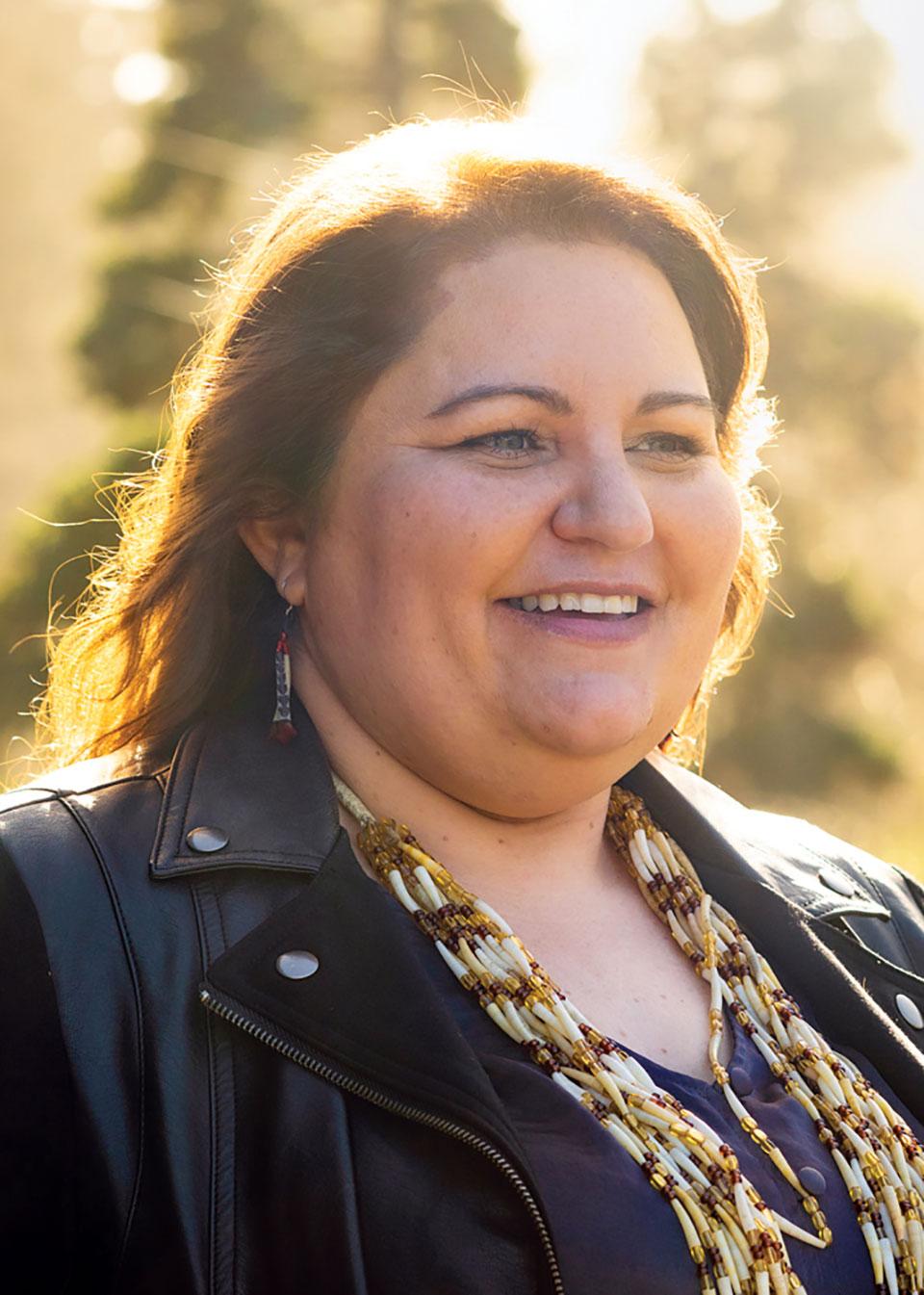The Klamath River runs like an artery through the ancestral homelands of the Yurok Tribe. From its headwaters in the foothills of southern Oregon’s Cascade Mountains, the river courses past rocky cliffs and sloping coastal forests, crossing the Oregon-California state line as it flows through six dams, eventually spilling out into the Pacific Ocean at a wide, rocky beach in far Northern California. The Yurok Tribe’s lands—which once spanned over a million acres—are now centered on the Klamath; their reservation runs 44 miles along the river’s lower reach, extending a mile from the Klamath’s banks on either side.
In a boat heading down the river, you pass by gravel bars and fishing holes that would be unidentifiable to an outsider, but that hold generations of stories and meaning to Yurok tribal members, descendants of the name-holders. Places like McCovey Riffle or Brooks Riffle. Stories of parents teaching children how to fish, or grandparents—as children in the 1940s—fishing at night to avoid game wardens. As Yurok tribal member and attorney Amy Cordalis says, “If you know the river, you know the people.”
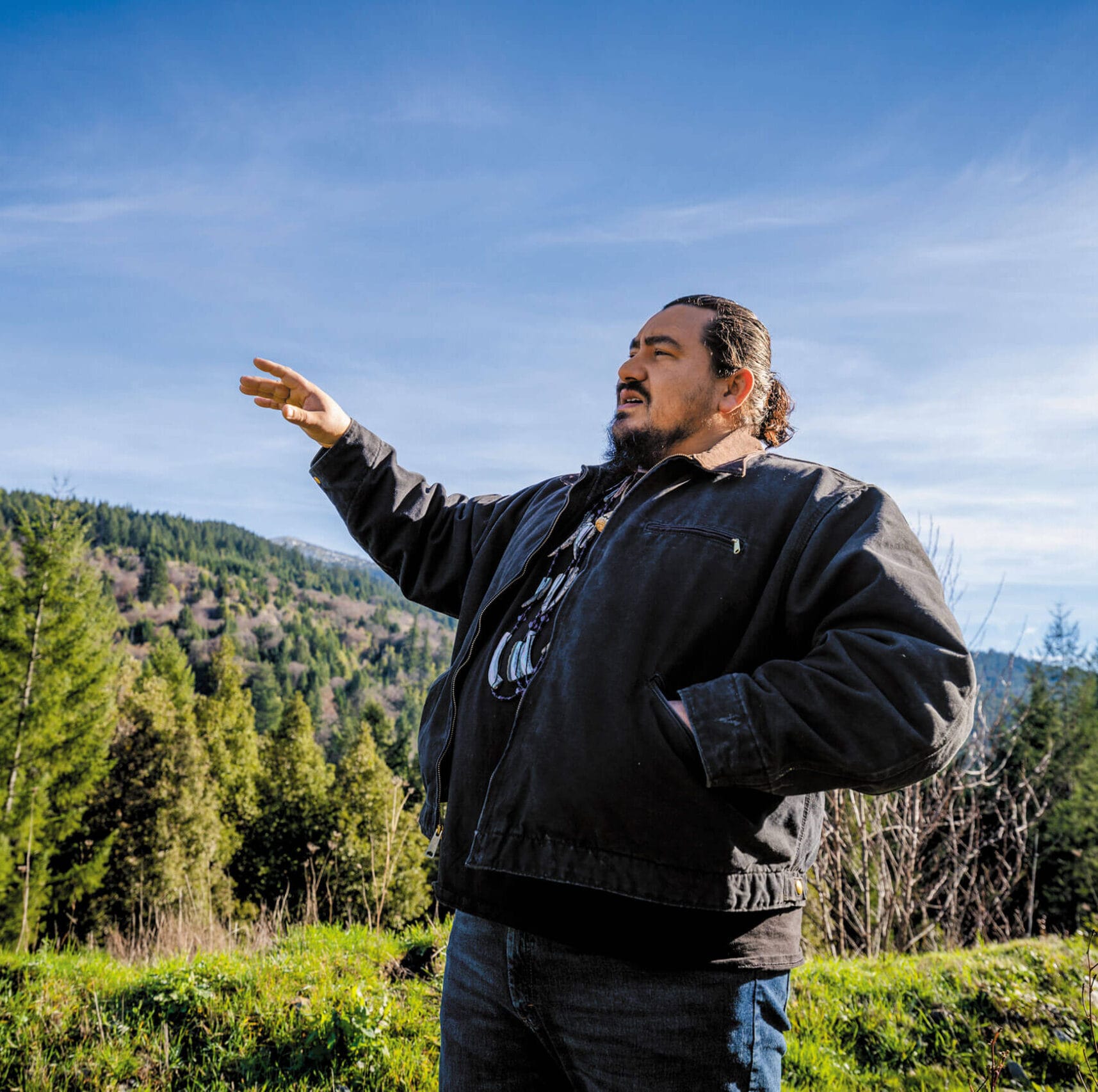
Frankie Joe Myers grew up on the Yurok Reservation, sans electricity or telephone, and learned to fish from his dad, who learned from his own dad, at their family’s fishing hole at Pecwan Creek. Myers, who lives in Weitchpec—a small upriver community on the reservation—has filled a variety of roles with the tribe over the last 20 years: He worked in the tribal fisheries department during a devastating fish kill in 2002, when the tribe says 60,000 dead salmon washed up on the riverbank, and then he led the ensuing advocacy efforts to remove four dams on the Klamath. He served as a tribal heritage preservation officer. He testified before Congress on the climate crisis. And since 2018, he’s been vice chair of the Yurok Tribe. Over Myers’s lifetime, the tribe has expanded its land ownership from around 5,000 acres to 60,000 acres.
And that number is still growing. This spring, the Yurok Tribe partnered with Trust for Public Land to acquire more than 2,000 acres of forestlands and prairie surrounding Ke’pel Creek, a remote tributary of the Klamath River. “Ke’pel Creek is prime for hunting and gathering and ceremonial use,” says Rosie Clayburn, a member of the Yurok Tribe who works as the tribal heritage preservation officer. And Ke’pel Creek is a piece of the larger puzzle of Yurok ancestral lands, Clayburn says. “We’re not complete until we gain back that land and gain back the ability to manage that land.”

Importantly, tribal members will be able to hunt, fish, and hold ceremonies at the Ke’pel Creek property without trespassing on private timberlands or facing intrusions from tourists or park rangers on public lands. For example, the tribe has to go through a permit process and request a partial closure in order to hold ceremonies in Redwood National Park. “It’s always hard having to explain why your religion is important, or why your ceremony is important, or why you existing is a higher priority than someone’s vacation,” Myers says.
The Yurok Tribe’s push to regain their land base is nested within a national effort to return lands to Indigenous stewardship. That effort has been led by activists within the decentralized Land Back movement and supported by climate scientists who are increasingly recognizing that Indigenous land management is critical to maintaining biodiversity and carbon stores. Myers says that for the Yurok, the reclamation of dispossessed lands is a way to reaffirm cultural lifeways while also building financial resilience through the carbon storage market.
This era of expansion marks a shift from just a few decades ago, when Myers was learning to hunt, fish, and gather while growing up on the reservation. In those days, the surrounding land was almost entirely owned by private landowners or timber companies. “To access these lands, we had to break the law. We had to cut gates. We had to go at night. We were criminals,” Myers says. “If your culture has been deemed illegal, that really plays into how we view ourselves as individuals, as people, as a community.”
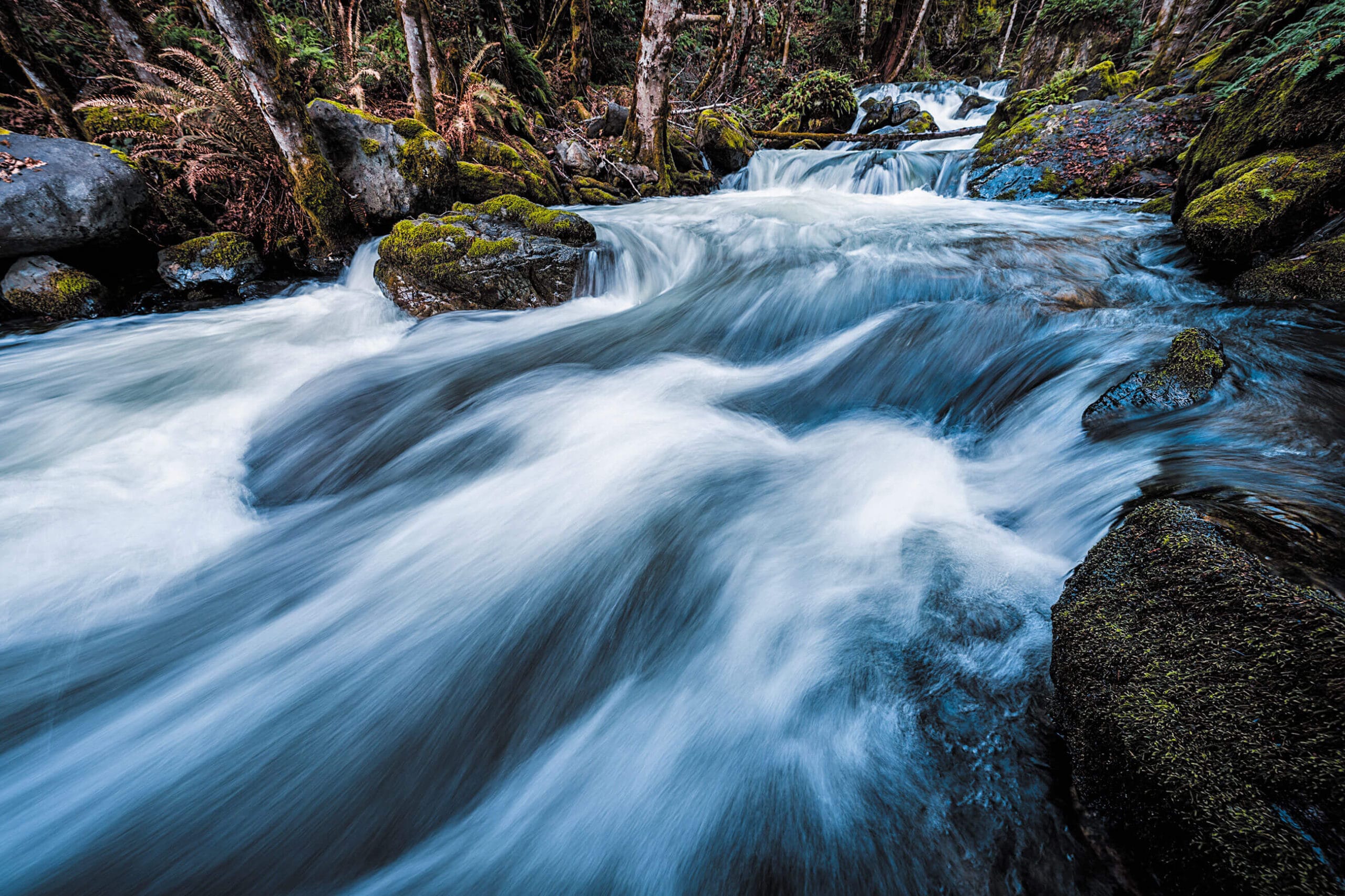
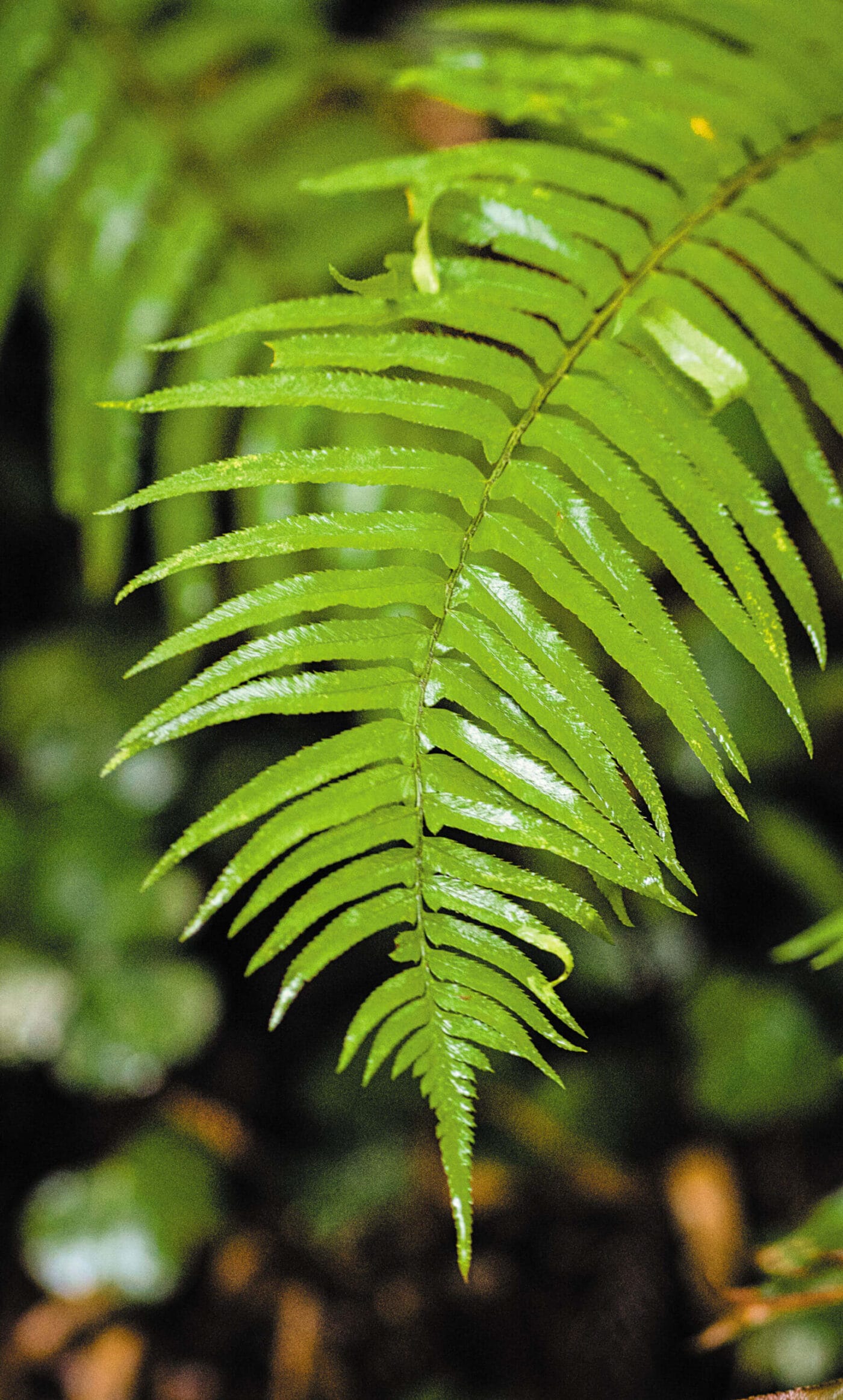
The history of tribal lands in what is now California is complicated, and painful.] Until 1871, treaties were the primary means for the federal government to legally claim Indigenous lands, which tribes ceded in exchange for reservations and other agreements. In California, 134 Indigenous bands and tribes signed treaties with federal agents starting in 1851, but the Senate refused to ratify the treaties as settlers poured in during the Gold Rush. Instead, the Senate put an injunction of secrecy on the treaties, which lasted for the next half century. As a result, Indigenous signatories received neither the lands nor support the treaties guaranteed. Meanwhile, Congress ceased the treaty process with all tribal nations in the U.S. (Hundreds of “unrecognized” tribes, who did not sign treaties or cede their land and are not recognized as tribal nations by the federal government, remain today.)
Beginning in 1890, the federal government reserved millions of acres in California for national forests and parks. Elsewhere in the state, settlers claimed land and set up commercial operations of logging, fishing, and mining on Indigenous lands illegally taken by the U.S. government. “I am not surprised that as far as possible the whole matter has been kept secret,” wrote one director in 1905 at the Northern California Indian Association (NCAI), a non-Native organization that advocated for the just compensation of lost tribal lands. In the early 1900s, NCAI searched for the missing treaties in the records of the Department of Interior with the help of some congressional members. “Even Congressmen seem to have had some shame,” the NCAI director concluded of the scandal.
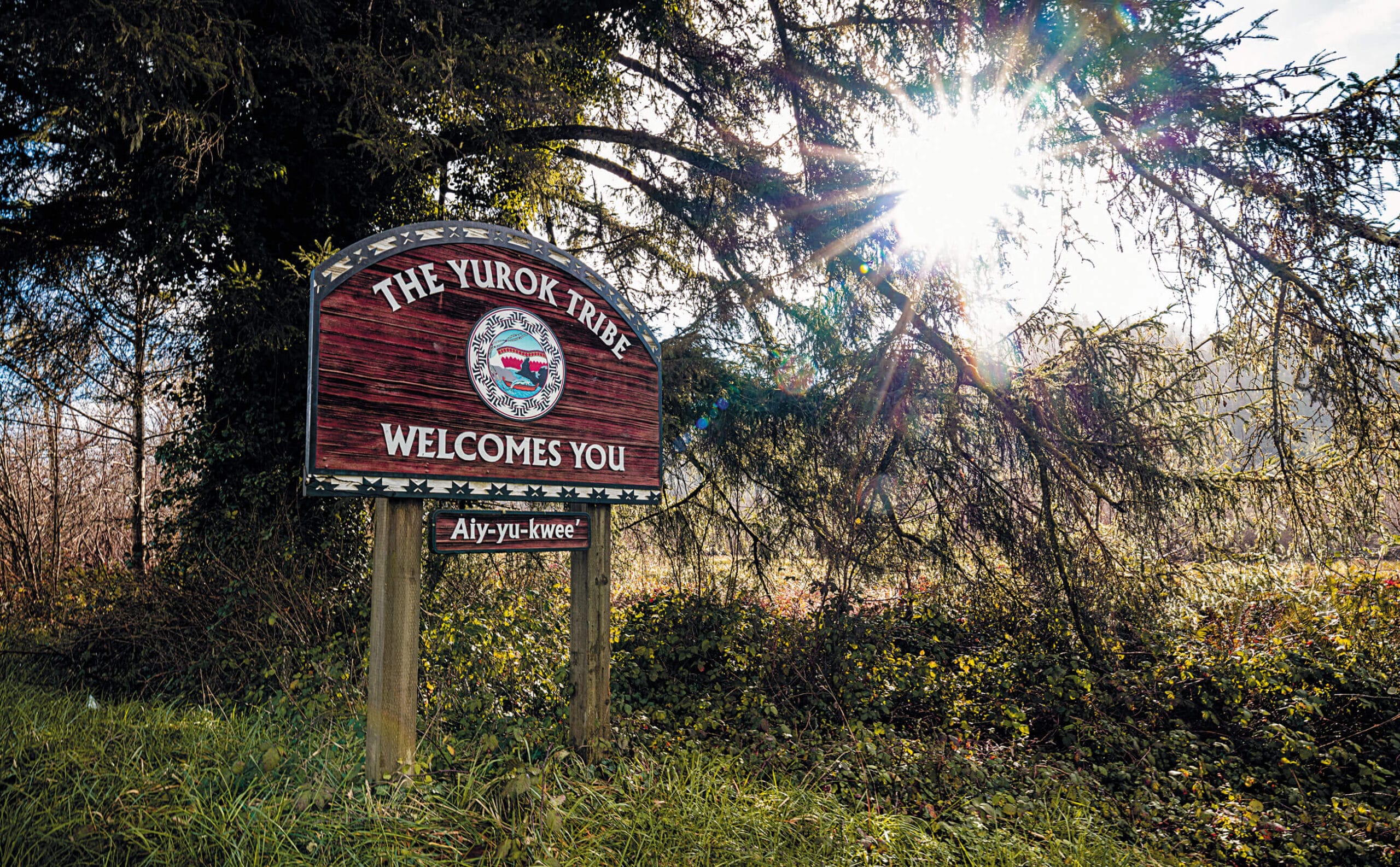
Congress never ratified its treaty with the Yurok Tribe, though the federal government did establish the 55,000-acre Yurok Indian Reservation by executive order in 1855. A generation later, in 1887, Congress passed the General Allotment Act, which broke up tribal ownership of reservations. The act assigned tribal citizens plots of land within reservations—and opened the rest up as “surplus” for settlers.
Nationwide, 60 million acres of reservation lands were taken from tribal nations and given or sold to non-Natives and corporations by the federal government. The General Allotment Act was, according to the Indian Land Tenure Foundation, “the single most destructive piece of legislation aimed at tribal land.” For the Yurok, that meant that of the 55,000 acres that made up their reservation at the time of allotment, fewer than 30,000 were allotted to tribal members.
That number declined drastically over the following century. In 2007, the tribe owned roughly a quarter of the reservation’s original land base. Another quarter of the reservation’s lands were privately owned, and the timber company Green Diamond owned most of the rest. As Myers told members of Congress in a 2019 hearing on the climate crisis: “In a matter of 130 years, the Yurok people lost over 1.49 million acres of land.”
From that history came a resolve to regain what was lost, Myers says now. When the Yurok Tribe wrote their constitution in the 1990s, reclaiming a tribal land base was included as a bedrock principle. And in the years since, the tribal government has made strides in fulfilling their constitutional pledge. In 2006, for example, the tribe partnered with Western Rivers Conservancy to buy back ancestral lands from Green Diamond, including the watershed of Blue Creek, a vital cold-water refuge for salmon. The tribe completed the deal in 2019, gaining ownership of 50,000 acres that they’re beginning to manage as a salmon sanctuary and community forest.
“As Yurok people who have been literally locked out of these lands, some for up to a hundred years, just the ability for our members to go out and to access these lands and to harvest and gather, interact with the forest; the shift in land management itself, to allow Indigenous people back onto their landscapes … I think that’s absolutely key,” says Myers.
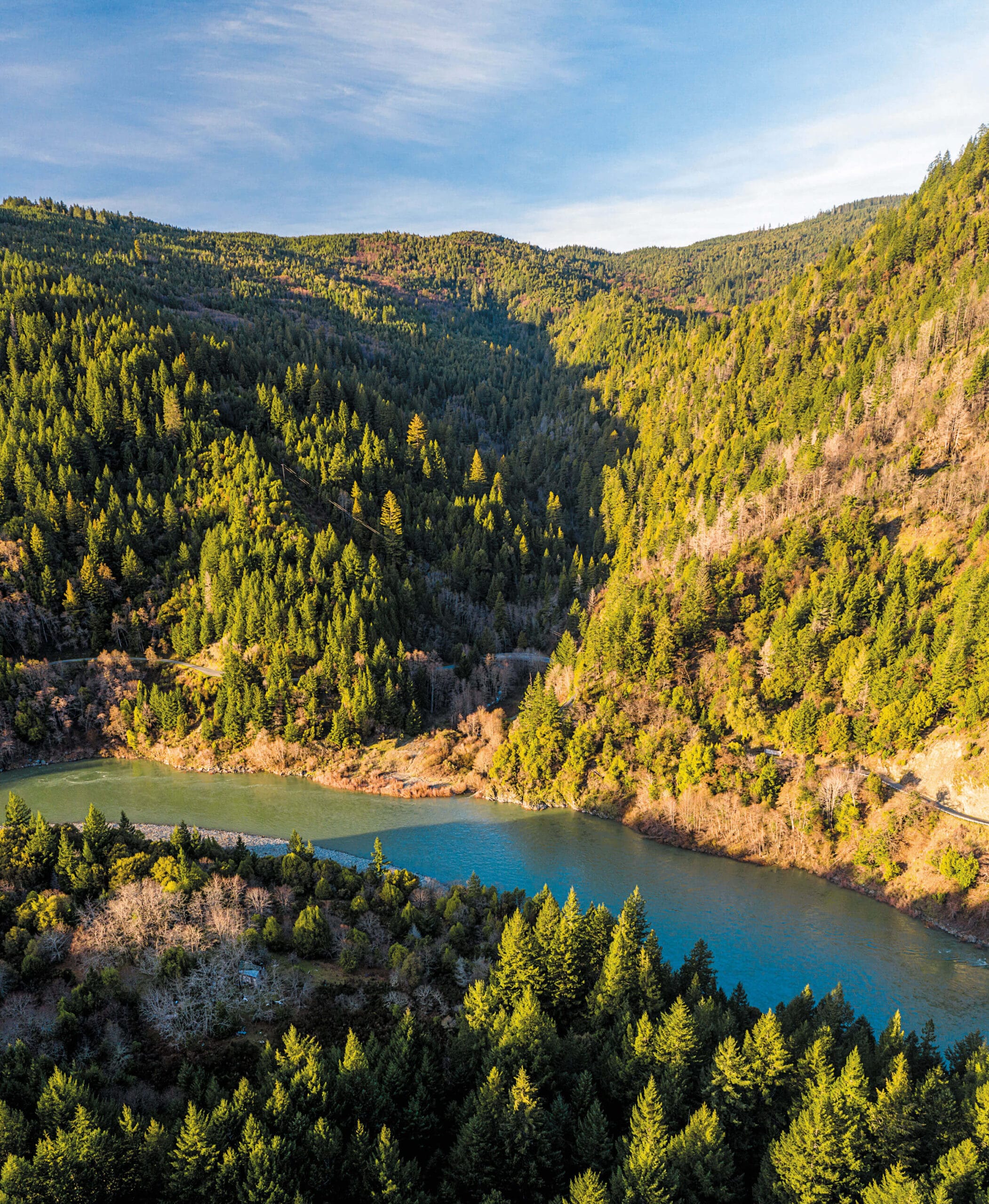
The Yurok Tribe has used its newer land acquisitions to tackle present-day problems facing its citizens and the greater community—from food insecurity to climate change. In late 2020, the tribe bought a 40-acre parcel of agricultural land, with plans to use it to grow food, as the effects of the COVID-19 crisis have caused food shortages and economic havoc. The tribe is also leading an effort with state and conservation group partners to reintroduce the California condor to the Pacific Northwest, and is one of the primary forces behind undamming and restoring the Klamath River.
And with thousands of acres of forest under their care, the Yurok have joined the fight against climate change. Through California’s cap-and-trade market, the tribe has sold offsets for the carbon that’s sequestered by forests they sustainably manage. That helps the state meet its emissions reduction goals, while generating funding that the tribe has used to repatriate both land and cultural items.
“I would say the Yurok has really been one of the most strategic tribes in the Lower 48 to use both carbon finance and a lot of different mechanisms for recovering ancestral territory,” says Brian Shillinglaw, managing director of New Forests, Inc., a forestry company that has worked alongside the Yurok and other tribal governments across the U.S. to use the California carbon market to protect and enhance forests for their climate benefits.
In 2018, 7,000 acres along Ke’pel Creek went up for sale. New Forests bought the tract, intending to repatriate the 2,424 acres of Yurok ancestral land within it to the tribe. With technical support from Trust for Public Land, the Yurok Tribe applied for funding from the State of California to fund the acquisition. The tribe is on track to gain ownership of the land later this year.
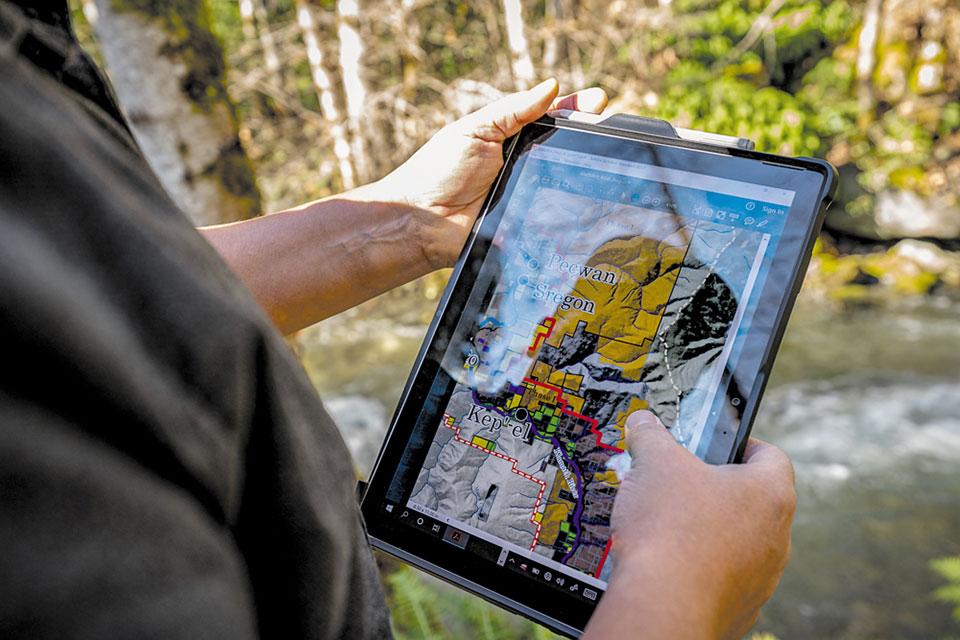
“It’s a privilege to be able to partner with the Yurok Tribe and support their strategic efforts to acquire and manage more lands within their ancestral territory,” says John Bernstein, a California project manager at Trust for Public Land. “The Yurok are the original stewards of these lands and resources, and their forestry expertise and vision for the future of this area benefits the health of land, water, resources, and the environment for all Californians.”
The Ke’pel Creek project is the latest in the organization’s long history of partnership with tribes. With help from Trust for Public Land, the Nez Perce Tribe acquired a 10,000-acre ranch in Oregon’s Wallowa Mountains in 1996. In 2007, the organization helped the Confederated Tribes and Bands of the Yakama Indian Nation reclaim fishing grounds at the confluence of the Columbia and Klickitat Rivers in Washington State. And in Northern California in 2015, Trust for Public Land transferred 688 acres to the Kashia Band of Pomo Indians to create the Kashia Coastal Reserve.
The organization has worked with more than 70 tribes and Indigenous groups to conserve some 200,000 acres across the United States. These days, Trust for Public Land is partnering with the Native Hawaiian–led Ala Kahakai Trail Association to preserve three properties on the Big Island and working alongside the Klamath Tribe to create a green schoolyard at an elementary school on the tribe’s ancestral land in Chiloquin, Oregon.
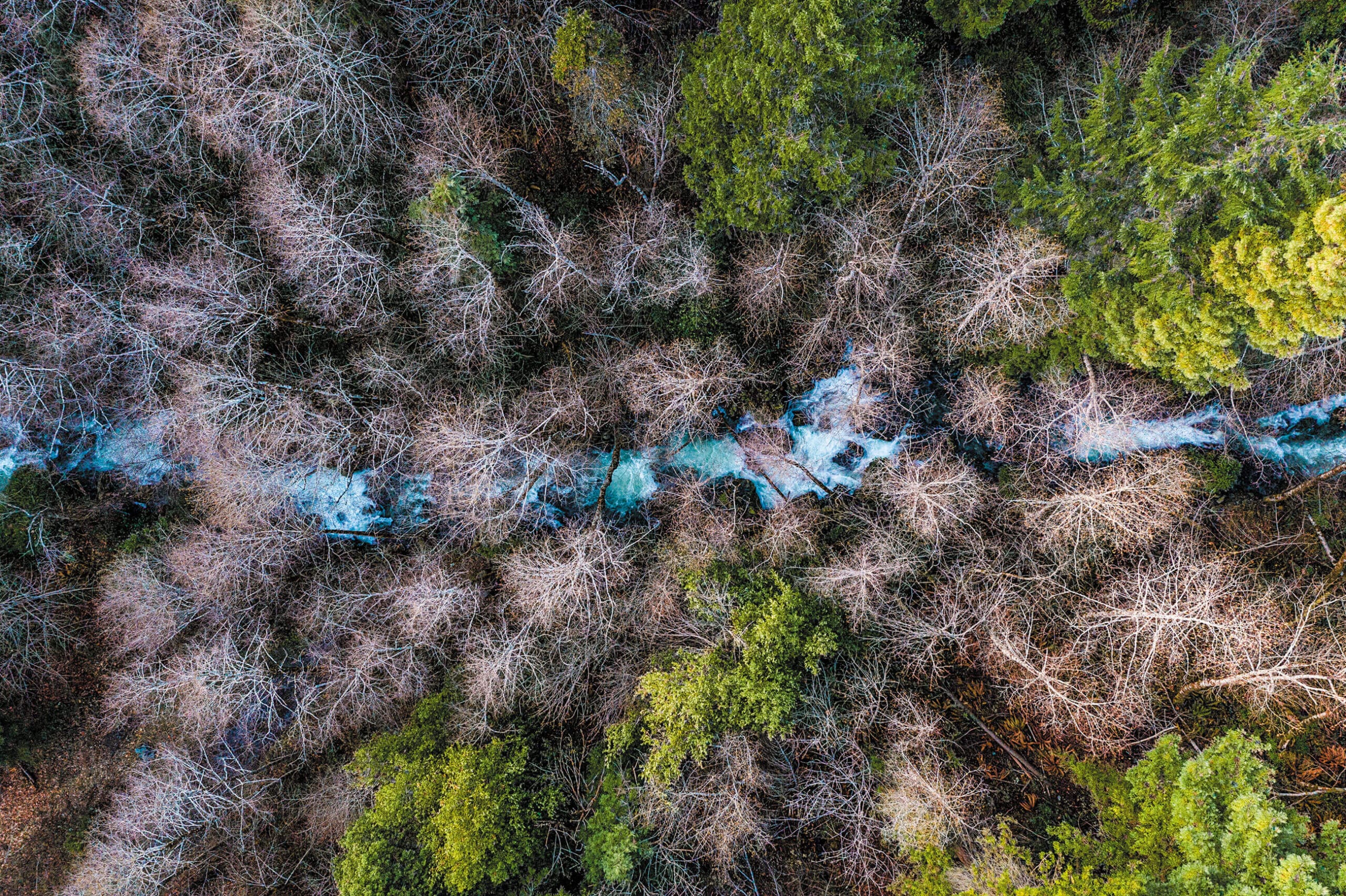
The Ke’pel Creek tract is remote and mountainous, reaching from the banks of the Klamath River to the top of the ridge. Much of the land is coated in Douglas fir, plus a mix of bear grass, tan oaks and their acorns, coast redwoods, and salal, each offering materials and foods that are important to the Yurok Tribe. An expanse of open prairie along the creek, bowl-shaped and grassy, is perfect for playing a Yurok traditional stick game (a mix of “lacrosse and mixed martial arts,” as Myers puts it). That’s special, says Myers, since there are few places upriver that are big enough to hold a playing field.
From relatively small parcels used for agriculture all the way up to the 50,000-acre acquisition at Blue Creek, the Yurok approach to stewardship puts the people back in the landscape. Access for tribal members to hunt, fish, and gather on lands reacquired by the tribe is paramount, Myers says, balanced with ceremonial needs, habitat restoration, active fire management, and some logging. “Whether through our carbon sequestering program or a forestry program or a watershed restoration program or fisheries program, we now have dozens of members who are making their livelihoods off of this land again, like they always did, traditionally.”
The tribe’s reclamation of land goes hand in hand with efforts to buy back cultural items from private collectors and repatriate objects from museums, says Clayburn. Over the years, the tribe has reacquired hundreds of woven basket caps, condor feathers, funerary objects, ancestral remains, and traditional clothing like white deerskins and headdresses made of bright red woodpecker feathers. So much of the Yurok identity—language, ceremony, food—is inseparable from the land they persist on, Clayburn says. “The whole foundation of repatriation and that movement is to bring things home,” Clayburn says. “My world is repatriation and the repatriation of sacred objects. I look at land as the same thing.”
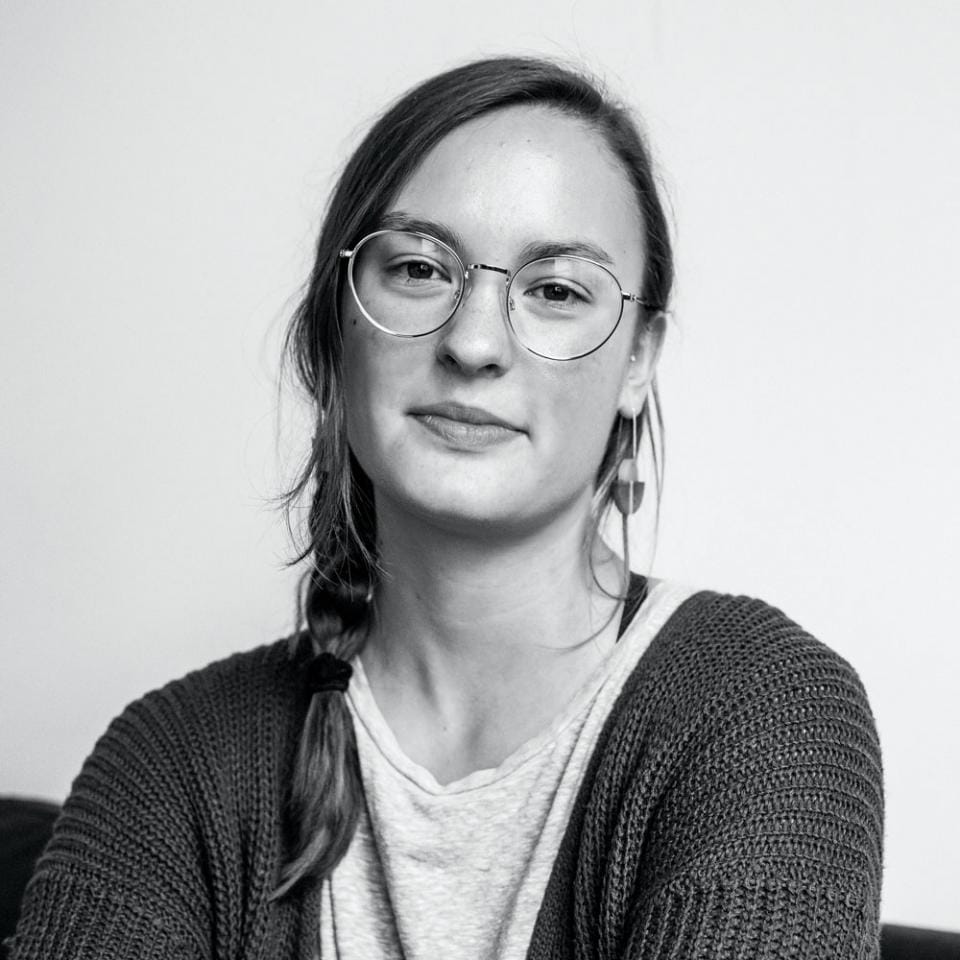
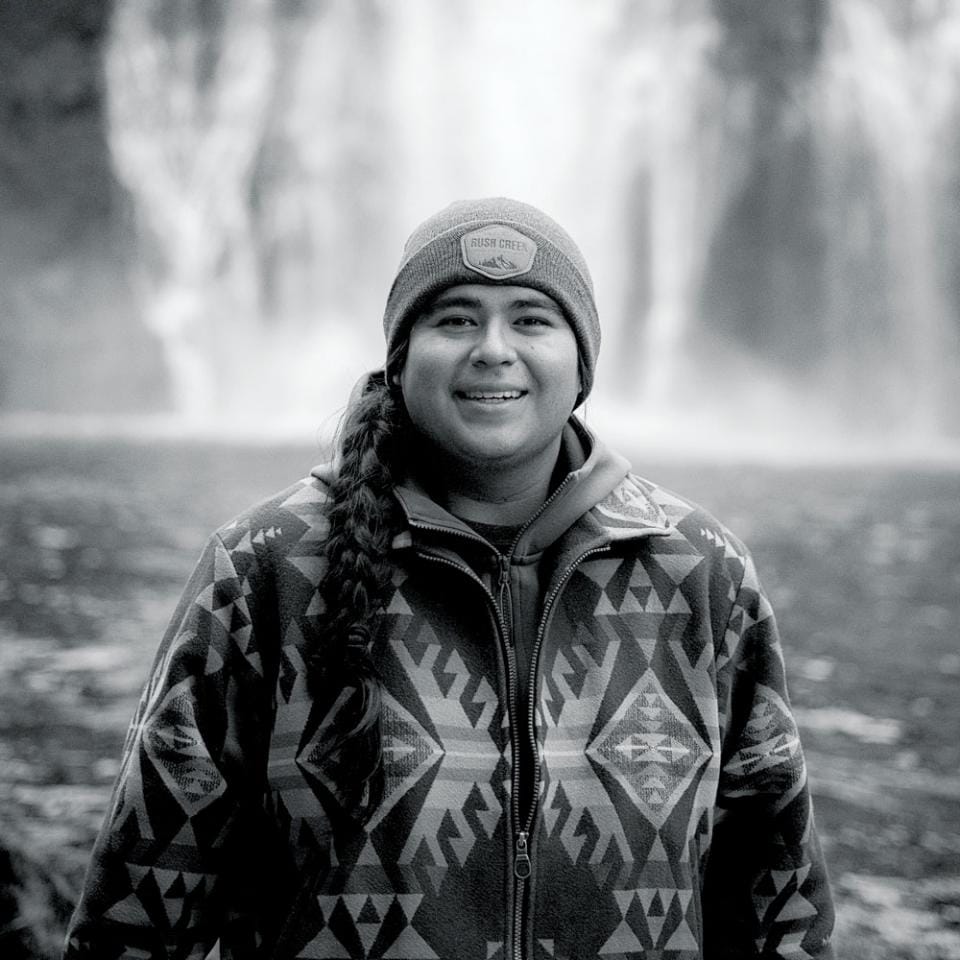
Paul Robert Wolf Wilson is a photographer based in his ancestral territories of Southern Oregon and Northern California. He is a member of the Klamath and Modoc tribes, and his works focus primarily on visual sovereignty and land practice, the intersections of peoples and place.

Donate to become a member, and you’ll receive a subscription to Land&People magazine, our biannual publication featuring exclusive, inspiring stories about our work connecting everyone to the outdoors.

